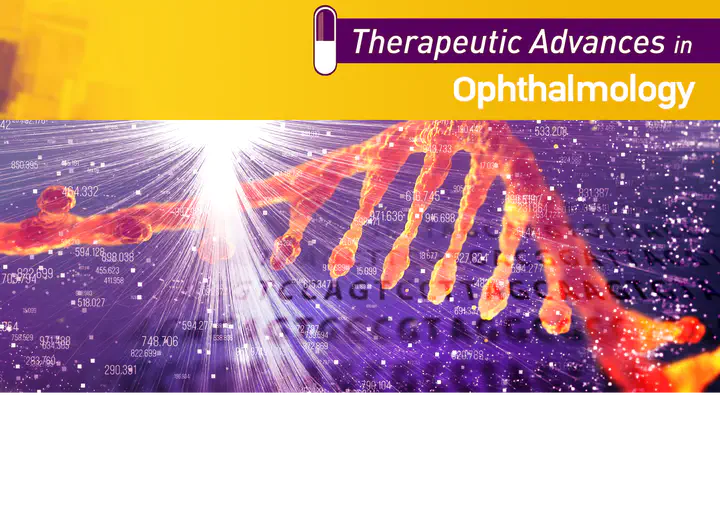RNA-sequencing in ophthalmology research: considerations for experimental design and analysis

Abstract
High-throughput, massively parallel sequence analysis has revolutionized the way that researchers design and execute scientific investigations. Vast amounts of sequence data can be generated in short periods of time. Regarding ophthalmology and vision research, extensive interrogation of patient samples for underlying causative DNA mutations has resulted in the discovery of many new genes relevant to eye disease. However, such analysis remains functionally limited. RNA-sequencing accurately snapshots thousands of genes, capturing many subtypes of RNA molecules, and has become the gold standard for transcriptome gene expression quantification. RNA-sequencing has the potential to advance our understanding of eye development and disease; it can reveal new candidates to improve our molecular diagnosis rates and highlight therapeutic targets for intervention. But with a wide range of applications, the design of such experiments can be problematic, no single optimal pipeline exists, and therefore, several considerations must be undertaken for optimal study design. We review the key steps involved in RNA-sequencing experimental design and the downstream bioinformatic pipelines used for differential gene expression. We provide guidance on the application of RNA-sequencing to ophthalmology and sources of open-access eye-related data sets.